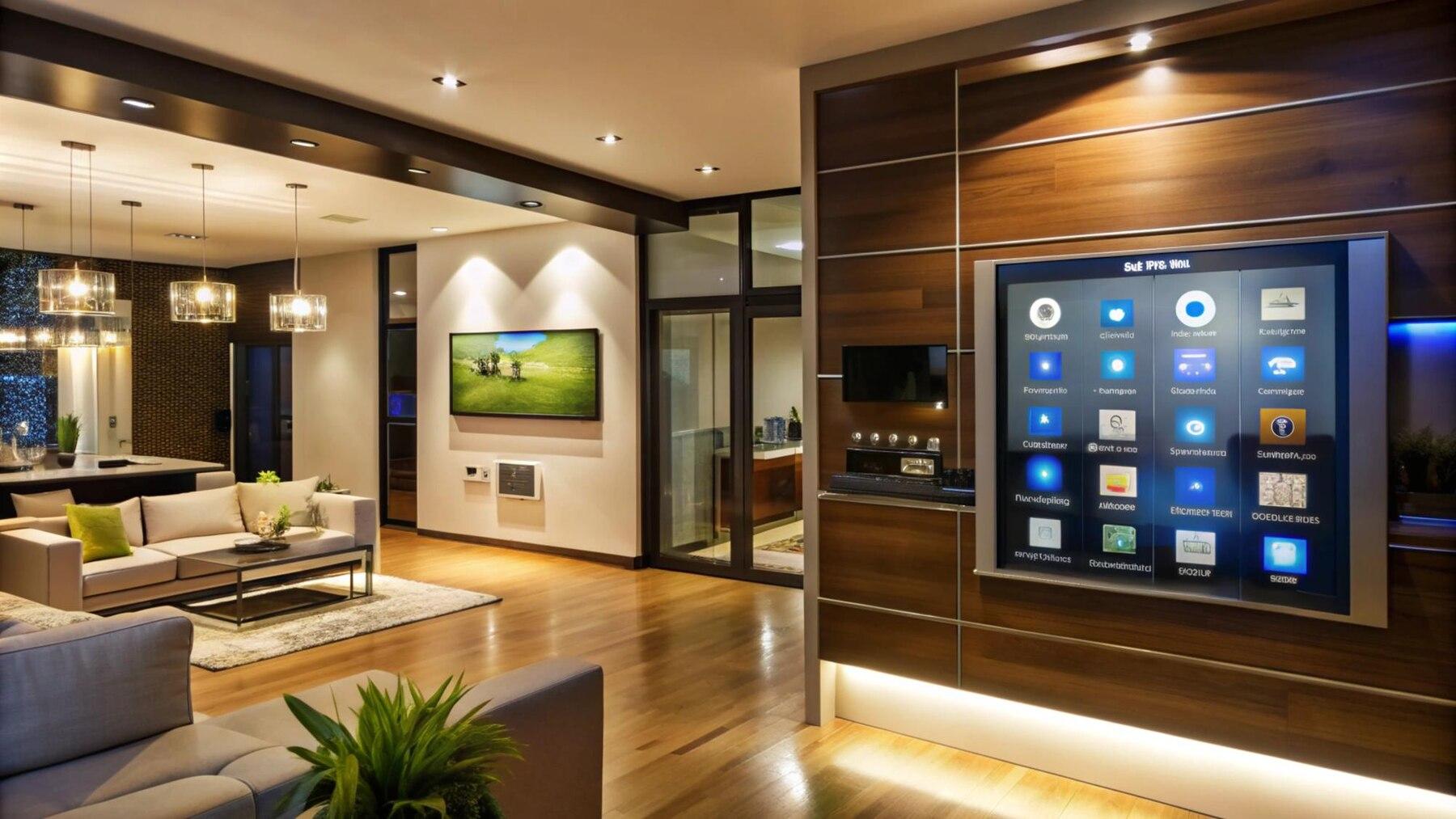If you originally got into smart home technology just because you thought it was cool, welcome to the club. Plenty of us have done the same thing. But as a smart home enthusiast myself, I have since learned that decisions based solely on the cool factor don’t always work out well. I have learned to pay attention to more important things.
This is not to say that investing in cool technology is a bad idea. But it is to say that it is better to look at the big picture when making smart home decisions. Some of the coolest stuff in home automation can serve you very well. But there are devices that offer little value despite costing a lot.
I have put together a list of five things that should influence smart home decisions. After years of experience, they influence mine.
1. Convenience Value
I might be one of those smart home geeks whose main priority is neither energy efficiency nor security. It is convenience. Quite frankly, I love the convenience of having my kitchen and living room lights turn on automatically at the same time as I am climbing out of bed in the morning. I appreciate being able to issue a verbal command to start my lawnmower charging out in the shed.
Any device with a high enough convenience value is certainly welcome. Devices that don’t increase my level of convenience are not necessarily excluded, but they have to offer something else.
2. Energy Efficiency
Although energy efficiency isn’t my top priority, it is still important. Some of the devices in my system are installed exclusively for that reason. Furthermore, I would not install a new device that made me less energy efficient unless its convenience value warranted doing so. I am not into consuming more energy just to automate certain things in my home.
3. Enhanced Security
I confess that I appreciate the ability to enhance my own security through home automation. For instance, I have a few video cameras placed strategically around my home. All are capable of sensing motion and sending me an alert in real time. When I’m home, I can keep the motion detection features off so that I am not constantly bombarded by notifications.
Although I have built my own system from the ground up, I also appreciate big name providers like Vivint who combine security and home automation in a single system. With Vivint, it’s not one or the other. You get enhanced convenience, efficiency, and safety in one package.
4. Integration Capabilities
Integration capabilities are a big one as a home automation system expands. I have learned to not invest in new devices unless I know for sure they are compatible with the rest of my system. I learned this the hard way by purchasing a camera I later found out would not integrate. I still use that camera, but it’s the one device in my system that needs to operate independently, using its own app.
5. Customization Capabilities
Customization capabilities are pretty important to me as well. I want to be able to create my own schedules, routines, helpers, etc. Otherwise, I am at the mercy of my devices and their defaults. So any new device decisions are at least partially influenced by my ability to customize.
When I first got into home automation, the cool factor was the only thing I paid attention to. But I quickly learned there is a lot more to it. I need and want my system to be functional and efficient. And I want to maximize both. So now my decisions are a lot more circumspect.
